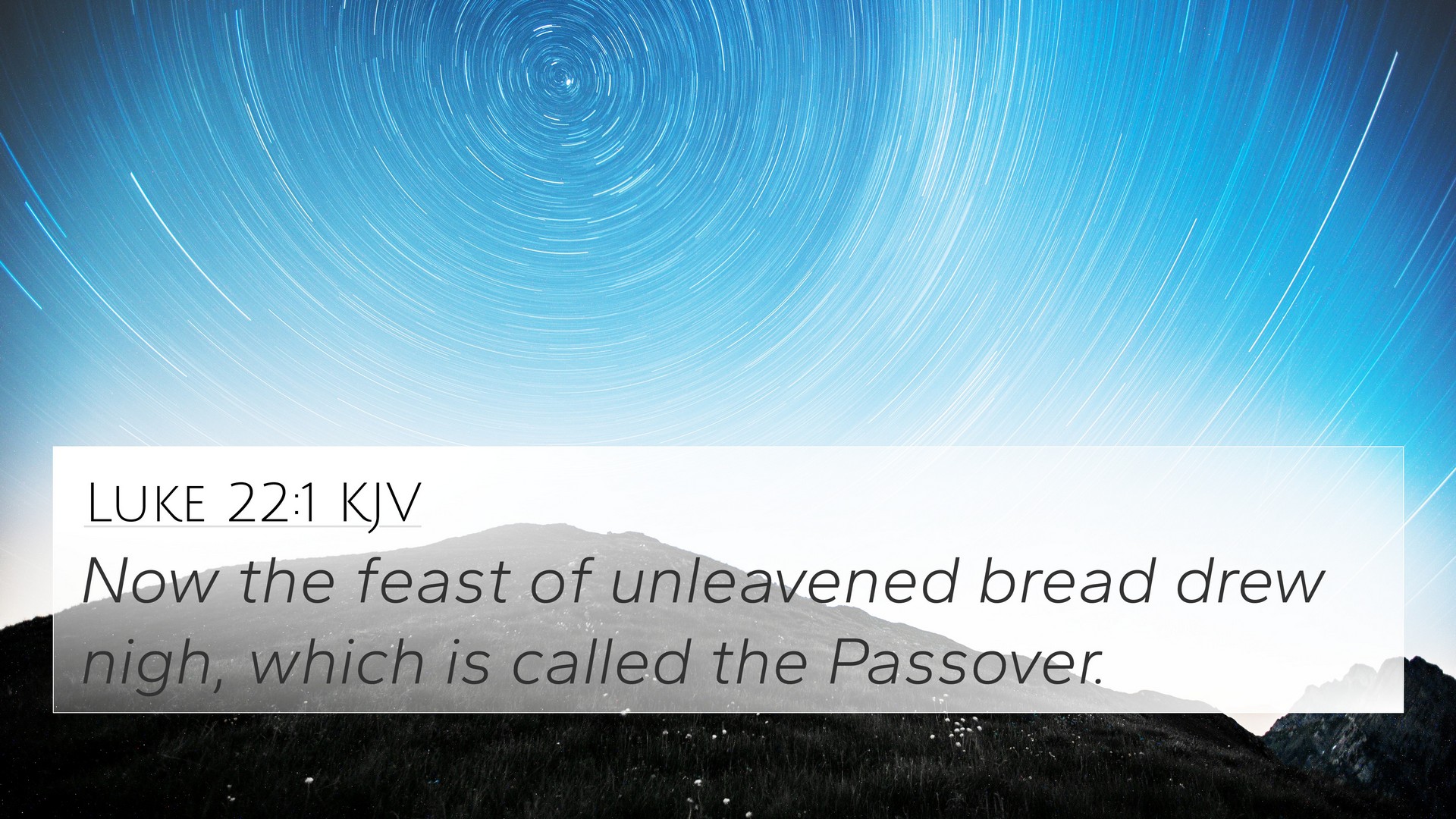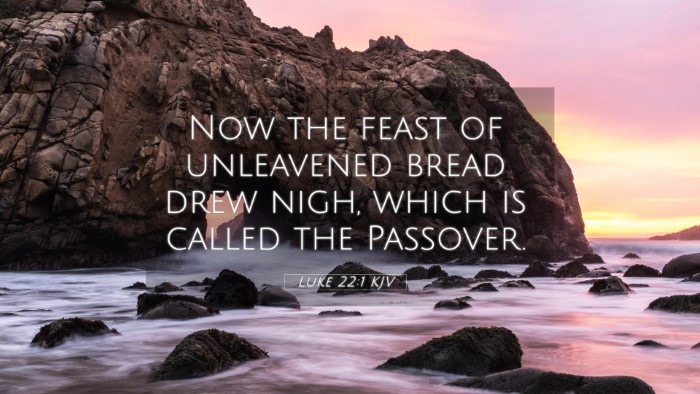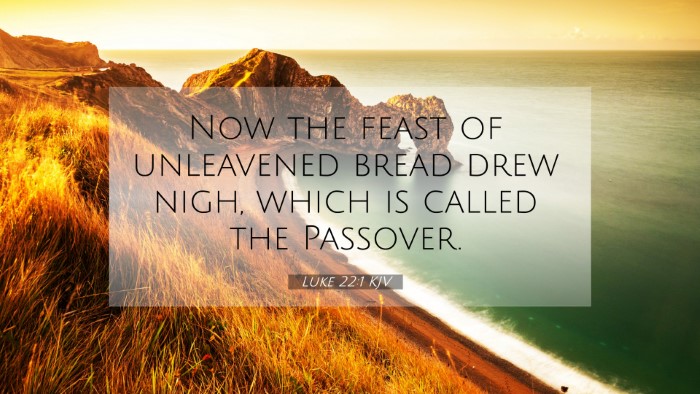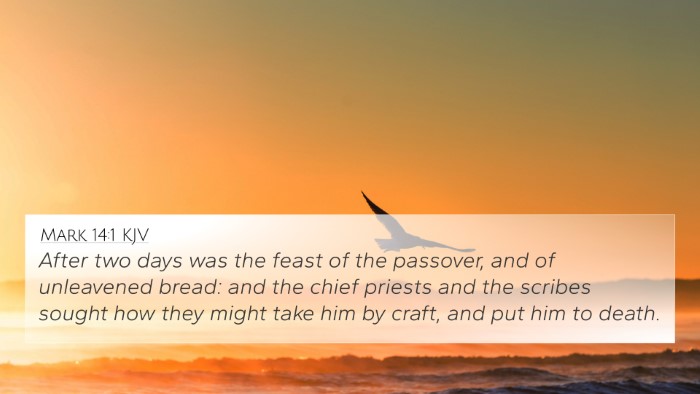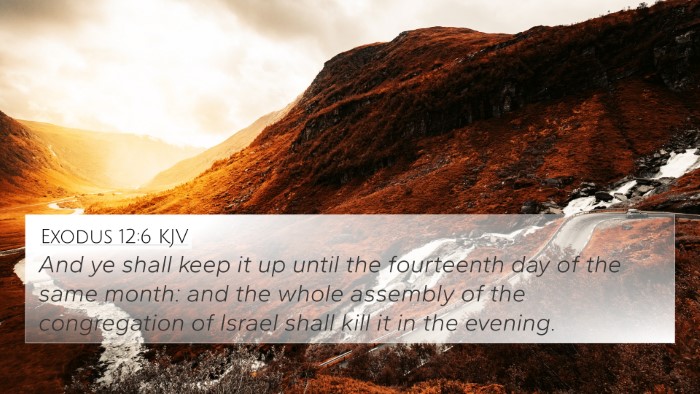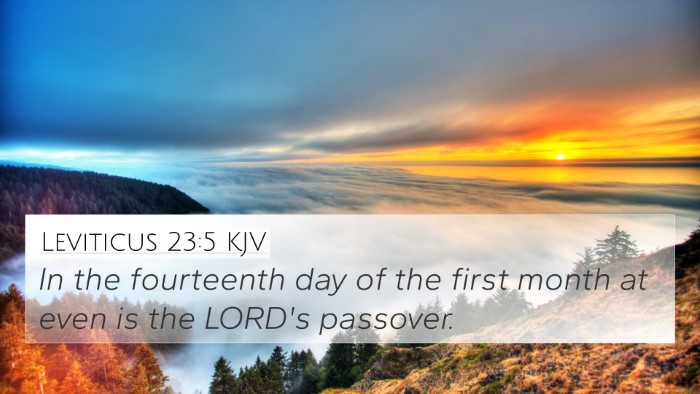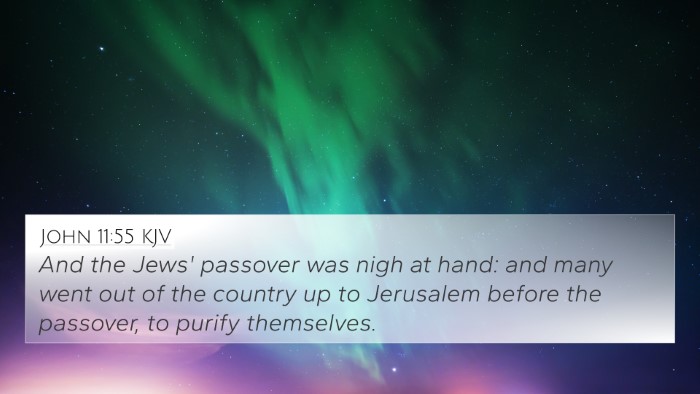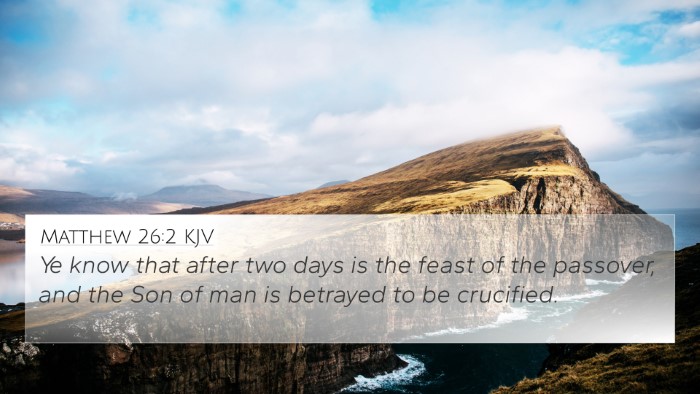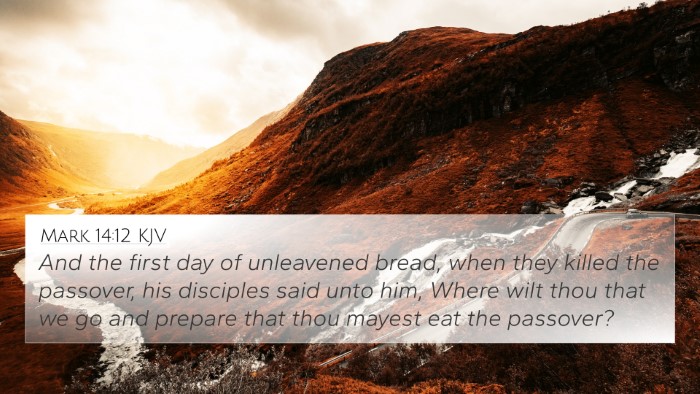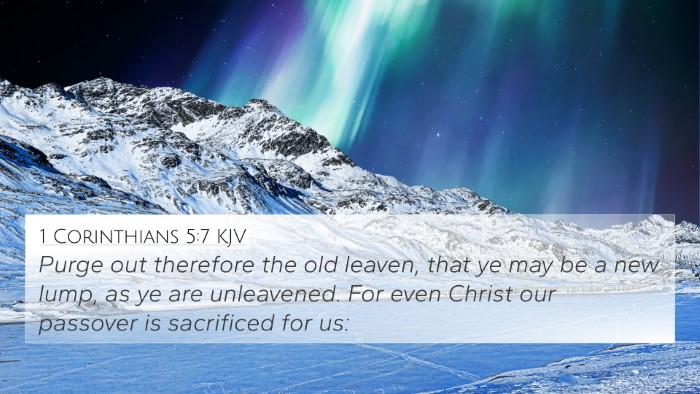Understanding Luke 22:1
Luke 22:1 states: "Now the feast of unleavened bread drew nigh, which is called the Passover." This verse marks the passage into a significant moment in the Christian calendar, highlighting the proximity of the Passover festival, which plays a crucial role in the story of redemption as told throughout the Scriptures.
Contextual Background
To understand the full implications of Luke 22:1, it is essential to consider the historical and theological context of the Passover feast. This yearly celebration, rooted in Jewish tradition, commemorates Israel’s deliverance from Egyptian bondage, reinforcing themes of liberation and divine intervention.
Commentary Insights
-
Matthew Henry's Commentary:
Henry emphasizes that the feast of unleavened bread represents a time of reflection on God’s faithfulness. He connects the observance of Passover with God's deliverance of Israel, and by extension, the impending sacrifice of Christ which would fulfill the ultimate deliverance for humanity.
-
Albert Barnes' Notes:
Barnes points to this verse as a pivotal moment where the background of Jewish customs becomes intertwined with the narrative of Jesus' impending crucifixion. His emphasis on the significance of the timing reveals that Christ's actions during this festival were not coincidental but deeply rooted in prophetic fulfillment.
-
Adam Clarke's Commentary:
Clarke offers insights into the preparation and significance of the Passover. He draws connections between the Old Testament practices and their fulfillment in Christ, noting how Jesus would soon become the Passover Lamb for all believers.
Thematic Connections
The themes of liberation, sacrifice, and divine providence are woven through this verse, connecting to various other scriptures. Here are some cross-reference Bible verses that relate closely to Luke 22:1:
- Exodus 12:1-14: The original institution of Passover.
- John 1:29: John the Baptist refers to Jesus as the Lamb of God.
- Matthew 26:17-19: The preparations for the Passover meal.
- 1 Corinthians 5:7: Christ is described as our Passover lamb.
- Luke 22:15: Jesus expresses his deep desire to eat the Passover with his disciples.
- Hebrews 11:28: The faith of the Israelites exemplified in the observance of Passover.
- Revelation 5:6: A depiction of Christ as the slain Lamb before the throne.
- Acts 12:3: The mention of the feast in the context of early Christian persecution.
- Galatians 4:4-5: The coming of Christ as part of God's plan for redemption.
- Romans 3:25: Christ as a propitiation for sin, linking to sacrificial themes.
Tools for Bible Cross-Referencing
To delve deeper into the connections within the Bible, various tools for Bible cross-referencing can aid in study:
- Use a Bible concordance to find related themes or keywords.
- Consult a Bible cross-reference guide for broader themes.
- Employ a cross-reference Bible study method to explore parallels.
- Explore comprehensive Bible cross-reference materials for in-depth analysis.
Finding Cross-References
Understanding how to find cross-references in the Bible enriches the study experience. Identifying connections between Old and New Testament and recognizing detailed cross-references between Gospels can reveal the intricate tapestry of God's plan throughout Scripture.
Conclusion
Luke 22:1, while seemingly straightforward, opens a vast landscape of theological implications. The Passover not only sets the stage for Christ's atoning sacrifice but also emphasizes the continuity of God’s work throughout Scripture. By utilizing various cross-referencing tools and insights from commentaries, one can gain a richer understanding of this pivotal moment in the biblical narrative.
